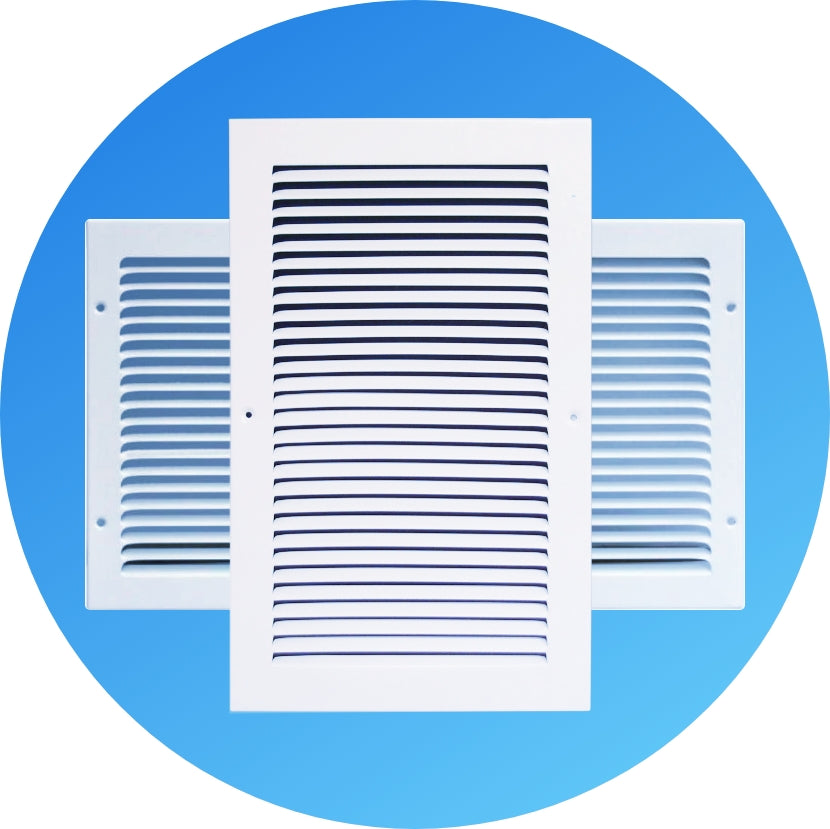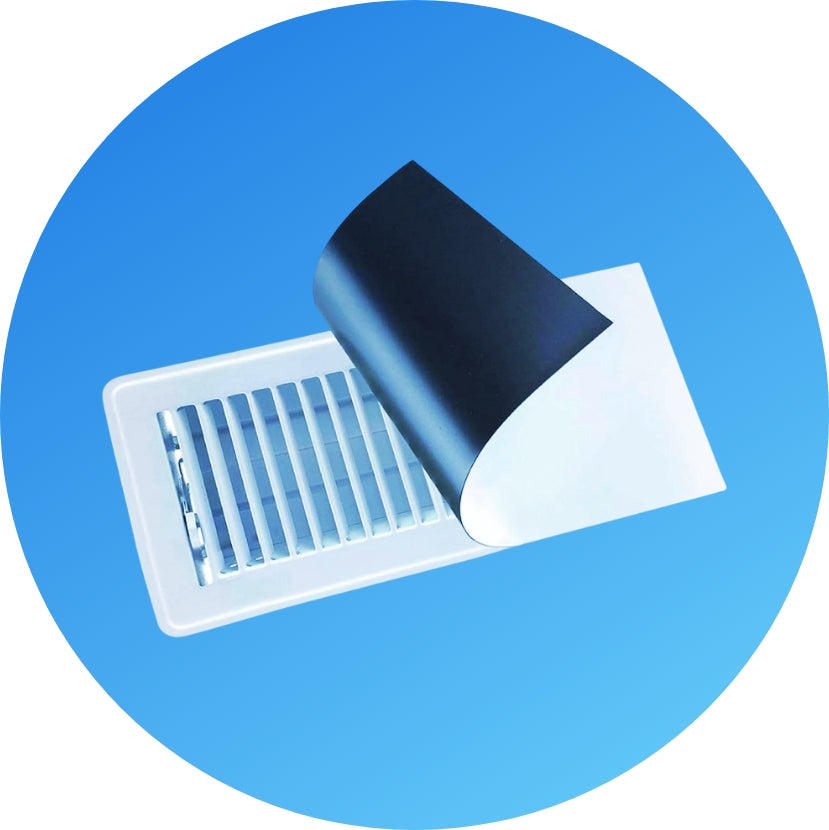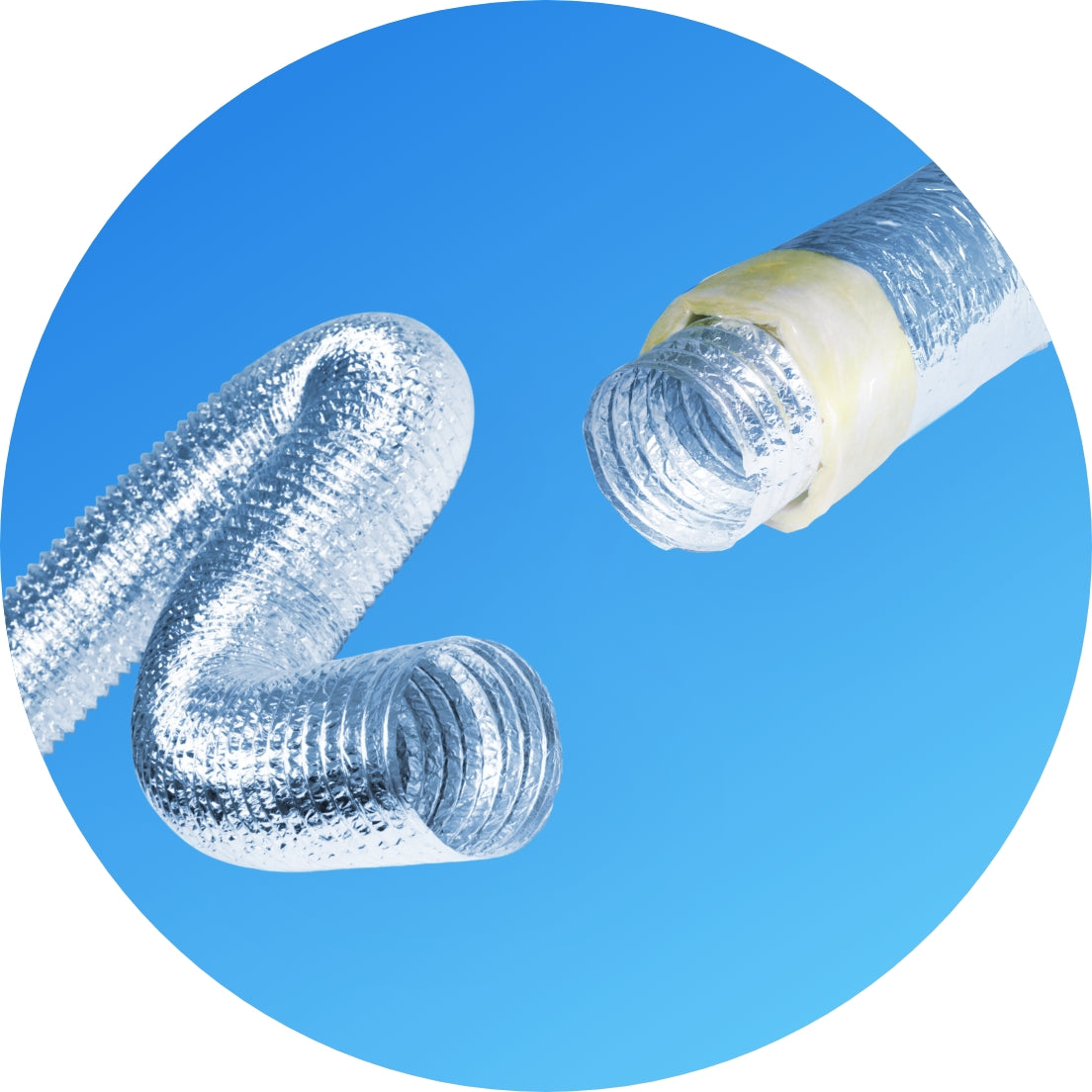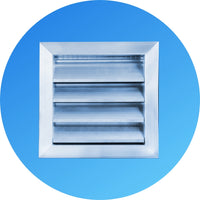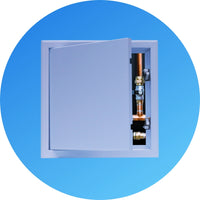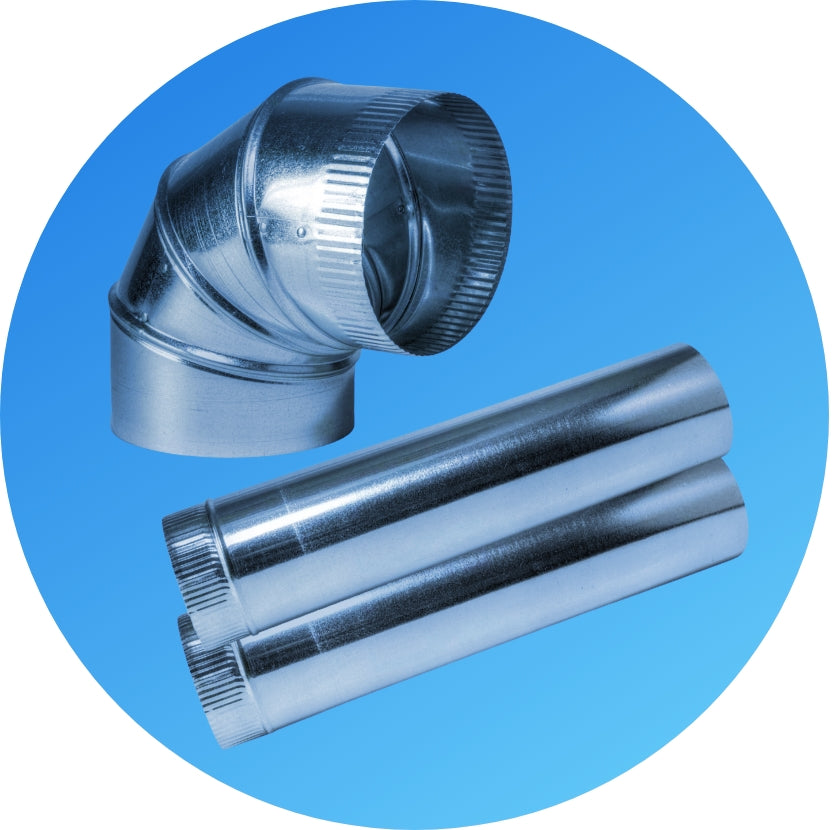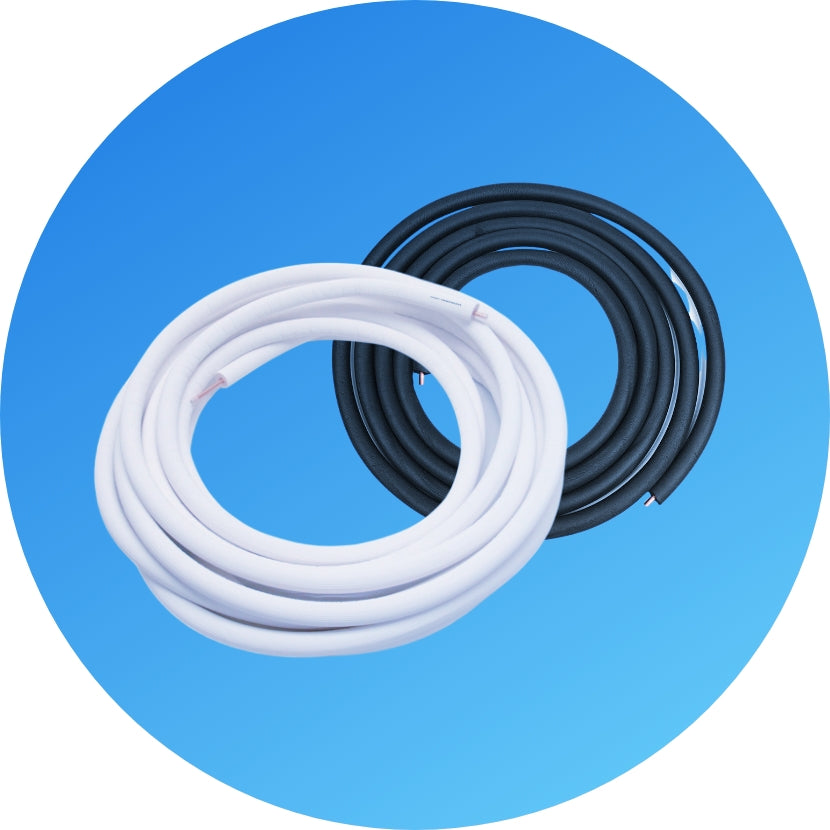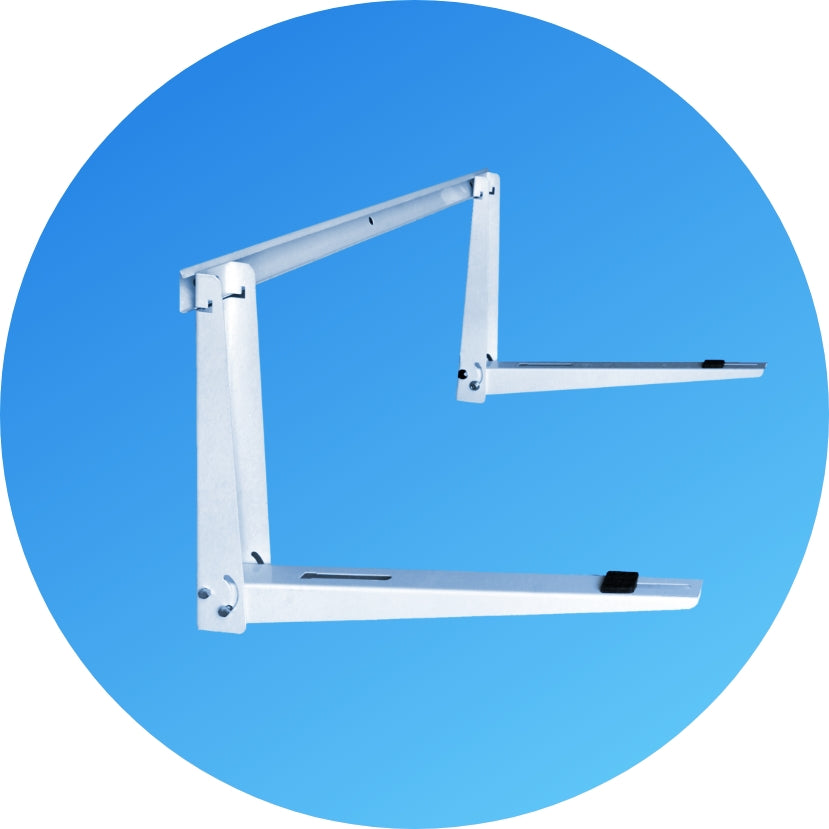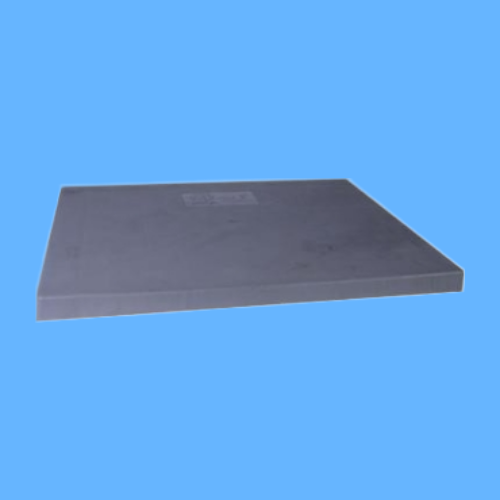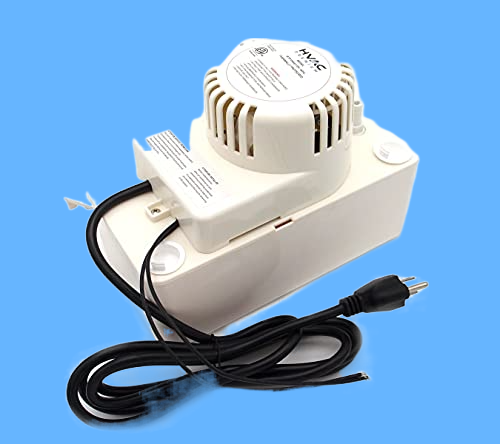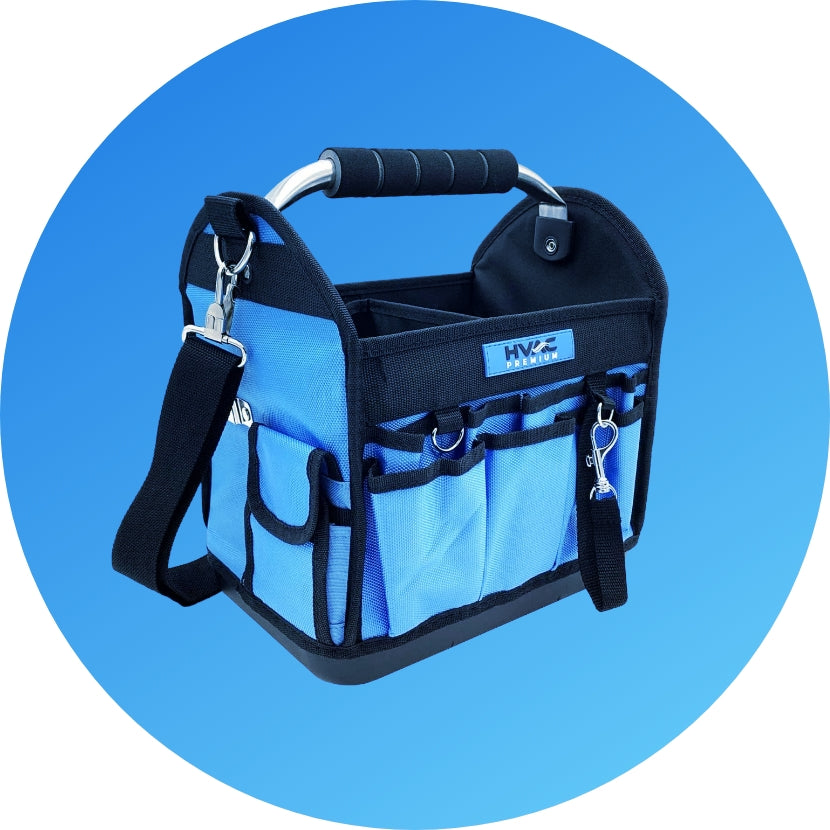If you’re a new first-time homeowner, your to-do list for home maintenance has just gotten a lot longer. It can feel overwhelming to keep track of everything you need to do to maintain all the appliances and internal systems in your home, and air conditioner maintenance might not be the first thing that comes to mind. However, seasonal maintenance is vital for the longevity of your HVAC system.
Maintaining your AC unit can reduce costs associated with both energy usage and repair, as well as keeping the unit running efficiently. If you’re wondering where to start, we’ve put together a list of 5 tips for how to clean your air conditioning unit. This routine shouldn’t replace your yearly professional inspection, but cleaning your unit in the interim can help quite a bit with your unit’s longevity.
If you have a heat pump system, which both heats and cools, we recommend that you perform most of these tasks twice a year, at the beginning of each heating and cooling season. The exception to this rule is filter changes, which should be done more frequently. If you have the type of HVAC setup that is a furnace and AC unit, you only need to worry about cleaning the AC unit on a yearly basis - at the start of the cooling season.
Before You Begin
Before performing any maintenance on your AC unit, cut off the electricity to it to avoid personal injury from either moving parts within the unit or from electric shocks. There are two places you can look for turning off the power. First, there should be an ON/OFF switch connected to the outdoor condenser unit. Turn the switch to OFF.
Then, in your indoor breaker box, flip the fuse associated with your unit so no power is flowing towards the system.
Remove Debris From Around AC Unit
It is common practice to plant shrubbery around AC units to camouflage them, but if you’ve done this, you need to make sure your unit has space for proper airflow. Trim any branches and leaves to at least two feet away from the unit.
Even if you haven’t tried to conceal your AC unit behind some bushes, sticks and leaves from plants around the yard often get caught in the fins over time, so be sure to remove those. Rake any leaves piled up around the sides of the unit, too.
Take Out and Clean Condenser Fan
Remove the fasteners that secure the fan cage on top of the unit by using a screwdriver or wrench. Using the brush attachment on a vacuum, clean any dust and debris off the fan blades and cage. Leave the fan off for the next step.
Clean and Straighten the Fins
Now it’s time to clean the fins lining the side of the unit. You can use a vacuum with a brush attachment to remove dirt from the outer side of the fins. Then, for a more thorough wash, use a garden hose to spray the fins from the inside out by sticking your arm through the hole where the fan normally is. Don’t use a power washer for this job, as it’s too powerful and can cause damage. You also have the option to use a commercially available fin cleaner spray, but this may not be necessary unless the unit is very dirty.
Once the debris has been removed from between the fins, use a butter knife or fin tool to straighten any fins that have been flattened or bent.
Clean Evaporator Coil
Venture inside your home for the next part of your cleaning regimen. The indoor unit should house an evaporator coil, located behind a door. There may be some foil duct tape in the way, or some screws or bolts securing the door; remove these. Once the door is open, use a soft brush to dust off the coil, then use a foaming coil cleaner spray to finish the job. Then, once the cleaner has finished its work and dripped off the coil, clean the drain pan below it with hot soapy water.
Change the Filter
An HVAC filter should be changed once a month during every month that the system is running. The filter is normally located in the indoor unit, in an enclosure where the fresh air return duct meets the unit. You may need a screwdriver to open the enclosure door, but after that it should be a straightforward process of switching out the filters. Always purchase a filter with the same MERV rating as the previous one.
If you follow these tips, your AC unit will be running smoothly for years to come. If you aren’t sure how to pick the right filter for your AC unit, check out our Air Filters 101 page; it has all the information you need to make the right choice.


